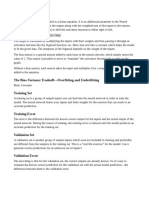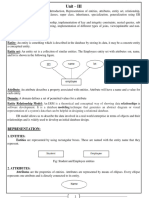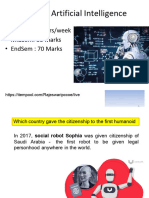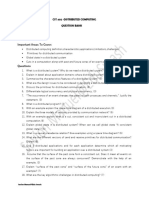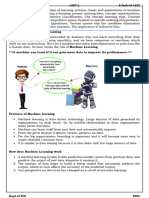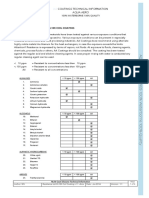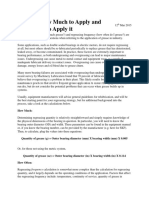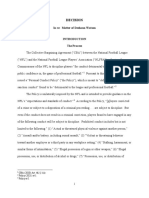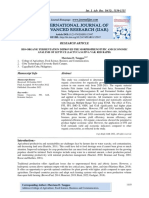0% found this document useful (0 votes)
329 views13 pagesUnit I Deeplearning
The document discusses the fundamentals of biological neurons and their computational counterparts, specifically focusing on artificial neurons and the McCulloch-Pitts unit. It explains the concept of computational units, thresholding logic, and the Perceptron Learning Algorithm, which trains perceptrons to classify linearly separable data. The document emphasizes the importance of linear separability for the convergence of the perceptron learning process.
Uploaded by
Kalyan ChakravarthyCopyright
© © All Rights Reserved
We take content rights seriously. If you suspect this is your content, claim it here.
Available Formats
Download as DOCX, PDF, TXT or read online on Scribd
0% found this document useful (0 votes)
329 views13 pagesUnit I Deeplearning
The document discusses the fundamentals of biological neurons and their computational counterparts, specifically focusing on artificial neurons and the McCulloch-Pitts unit. It explains the concept of computational units, thresholding logic, and the Perceptron Learning Algorithm, which trains perceptrons to classify linearly separable data. The document emphasizes the importance of linear separability for the convergence of the perceptron learning process.
Uploaded by
Kalyan ChakravarthyCopyright
© © All Rights Reserved
We take content rights seriously. If you suspect this is your content, claim it here.
Available Formats
Download as DOCX, PDF, TXT or read online on Scribd
/ 13






